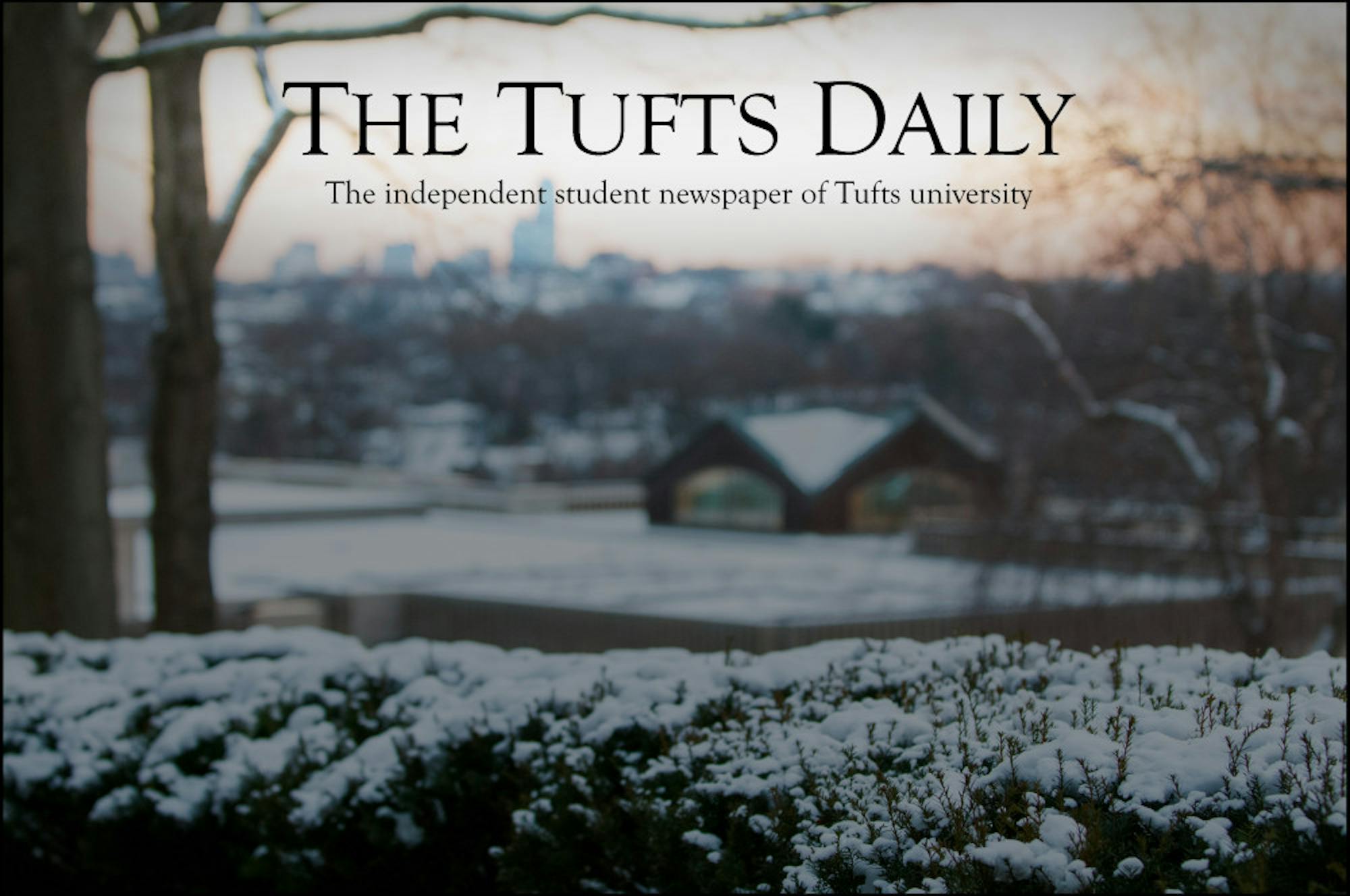When dealing with economic issues, countries have two approaches at their disposal: fiscal policy and monetary policy.
Fiscal policy is usually what comes to mind when people think of economic policy as a whole. Balancing the budget, adjusting tax rates and income brackets and government spending -- the fun stuff, you know?
Monetary policy refers to economic policy that uses currency as its primary tool. When your off-kilter Tea Party uncle says that “all that Obama guy’s doin’ is printing money to pay for the old folks,” he’s referring to monetary policy. Monetary policy also uses interest rates to manipulate the economy. Lowering interest rates makes it easier for people to borrow money, while raising interest rates encourages people to stop spending and start saving.
Both fiscal and monetary policies have their places in solving economic issues, and they often work together to coordinate their actions.
In the United States, fiscal policy and monetary policy are kept separate. Fiscal policy is controlled by the legislative branch, while monetary policy is controlled by the Federal Reserve System (the Fed) -- an independent, non-partisan body appointed by the executive branch. This separation serves two purposes.
First, it prevents one body from manipulating the economy to its advantage. Though fiscal and monetary policies rarely work against each other, there are many cases where the legislative branch uses an economic issue to force an unrelated point. We’ve seen this several times over the last few years, when Republicans took hold of the debt ceiling, “fiscal cliff” and sequestration debates to drive home their own issues.
Second, it allows the Fed to act quickly and strongly in times of real crisis. When the entire banking system was about to collapse in 2007, the global economy didn’t have time to wait around for Chuck Schumer (D-N.Y.) and John Boehner (R-Ohio) to parade around Congress decrying the effects of stimulus on their constituents. The country needed a big change, and it needed it now.
Though Congress later announced a stimulus package of nearly $800 billion, the Federal Reserve was able to reduce its interest rate to near zero percent almost immediately.
Interest rates are arguably the strongest and most visible tool of the Fed. While you’ve probably never heard of the federal funds rate before, this one interest rate has a larger effect on the economy than any other policy tool in the world. The federal funds rate is the rate at which banks borrow from the Fed on an overnight basis. Though this one mechanism might sound trivial, its trickle-down effects are extraordinary.
The federal funds rate is a key interest rate for countless other rates. If the federal funds rate rises, so do the interest rates for auto loans, mortgages and savings accounts, encouraging consumers to save their money. Since the Great Recession began, the Fed has tried to get people to spend again -- that’s why the fed funds rate remains near zero, and the rates at which consumers and businesses can borrow are near the lows of the last 15 years. Similarly, interest rates on savings accounts are near zero, which incentivizes people to spend their money now rather than wait for it to earn interest sitting in their account.
The federal funds rate and the Fed as a whole is hugely important to the health of the economy. The Fed has played a much larger role in the economy since 2007, thanks in large part to their “quantitative easing” programs -- a topic for another column. The Fed is expected to raise rates for the first time in nine years sometime in mid-2015, and whether or not the economy can handle such a rate increase will likely define the economic conversation for the next several months.
Fed, fun, rates






